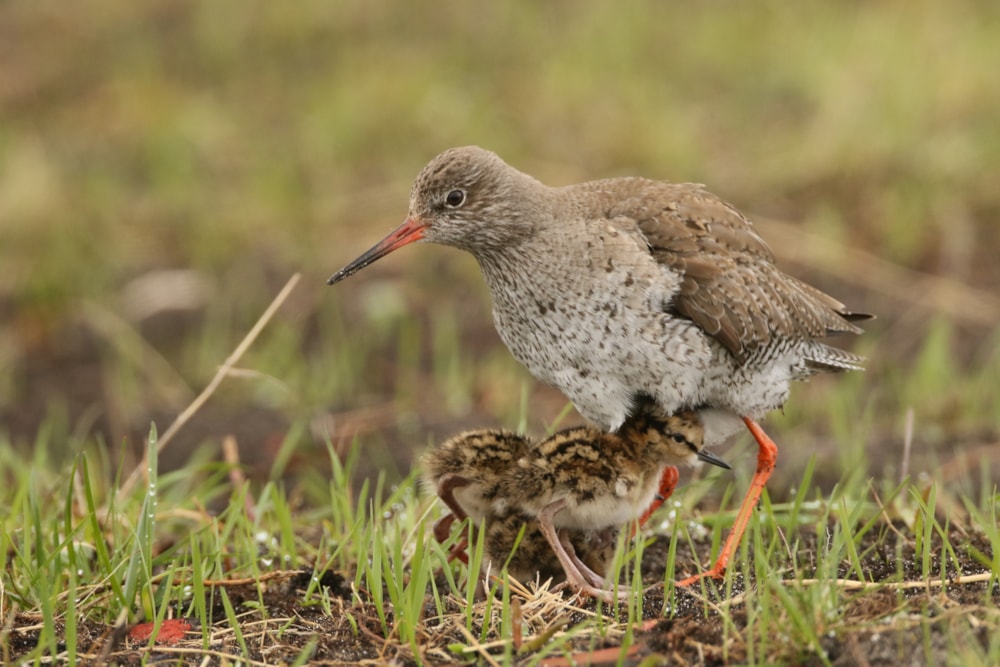Successful Highland wader project continues to grow
The Loch Ness Rurual Communities Moorland Group is continuing to expand its project to help breeding waders in the Loch Ness area of Highland.
The project now sees some 22 land managers working together to create habitats for species such as Eurasian Curlew, Eurasian Oystercatcher, Common Redshank and Northern Lapwing. The scheme has been successful so far, with a significant rise in the number of nests producing chicks along with population increases.

Common Redshank is one of the species benefiting from the Loch Ness Rural Communities Moorland Group project (Simon Rowlands).
Eurasian Curlew and Northern Lapwing have been the main beneficiaries over the past 10 years, with some areas seeing an increase of these species by some 50%. Jenny McCallum, coordinator of the Loch Ness Rural Communities Moorland Group, said: "Many of the farms and estates in the Loch Ness region are managing habitat specifically for waders.
"This means excluding livestock or keeping the stocking density low in areas where nesting is preferred and creating wader scrapes to allow chicks access to shallow, wet areas to feed on insects. Land managers are trained to carry out wader surveys in the spring to assess the breeding success."
The Loch Ness Rural Communities Moorland Group covers 33,000 hectares of moorland, spanning some 50 km. Ken Fraser, one of the farmers involved in the scheme, added: "At this time of year the birds are courting and pairing up, which is an absolute joy to see and hear in the skies around you.
"I hear the calls of the curlews on a daily basis. We also see lots of Black Grouse leks every spring, an unforgettable spectacle. The past 10 years have shown that if we didn’t manage the land year-round, these fragile populations would be lost and may never recover."

